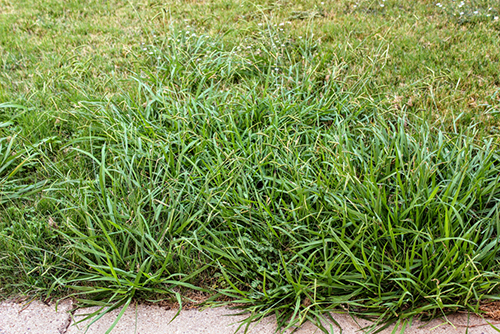
Have a weed in your yard that you can't identify?
Identifying a weed is the first step to getting rid of the weed. It is important to know what weeds you are dealing with as different herbicides are formulated for to kill and control different weeds and no product will kill every weed.
Use this guide to learn more about some of the most common weeds across the United States.
What to Look For When Identifying Weeds
When identifying weeds, observe the following:
- What does the weed look like? Is it tall or short? Does it have flowers?
- Where is the weed growing on your property? Is the weed in the shade or in the sun?
- Are there any drainage or runoff issues where the weed is found?
- When is the weed growing? Is it spring, summer, winter, or fall? What is the local climate?
Knowing the appearance and location of weeds will help narrow down what type of weed(s) you may have.
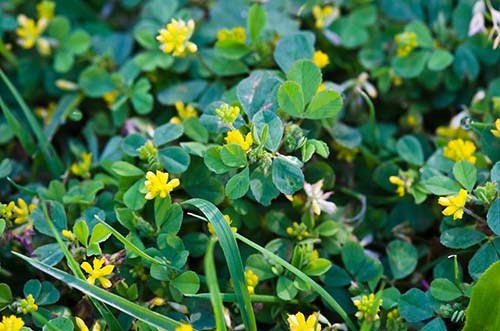
- Grows 6-30 inches tall
- Spreads low to the ground
- Three small leaflets per leaf
- Bright yellow flowers that are shaped like spikes
- Seed pod will turn black once the weed reached maturity
- Annual, grows in the summer
- Thrives in soils low in nitrogen
- Found throughout the United States
Bull Thistle

- Tall weed, can grow 2-6 feet tall
- Shoots grow from taproot
- Leaves or flowers cover the seed head
- Pink or purple flowers are present from mid-summer to mid-fall
- Leaves are spiky along the root and alternate
- Biennial, will grow over two years
- The first year of growth, leaves will be on top of the weed
- The second year of growth, flowers will be on the top of the weed
Carpetweed

- Short weed
- Found in clumps
- Bright green leaves
- Leaves are widest in the middle and narrow at the tip and base
- 3-8 leaves per stem
- Flowers (when present) are white with 5 petals
- Annual, will grow in summer but later than other summer weeds
- Grows quickly
- Does best in rich soil but can also be found in sandy soils
- Found throughout most of the United States

- A short weed, grows low and in patches
- Leaves are smooth and small, oval with pointed tips
- Flowers (when they are growing) are white with 5 petals that are notched
- A winter annual
- Thrives in areas that are moist and shaded
- Found throughout the United States (except for the Rocky Mountains area)

- Low-growing plant, stems creep along the ground
- Each stem has 3 leaves that are petal shaped with a white "v" or crescent on each
- Leaves are half an inch long
- White flowers will bloom between early spring and late fall, look like small balls
- Winter annual
- Can be used for deer feed, but often seen as a weed when growing in a yard
- Does not do well in drought conditions
- Found throughout the United States

- Grows in clumps low to the ground
- Leaves are broader than grass blades
- Stems grow out instead of up
- Will be light green when it first grows, then turns dark green and dull as it matures
- A summer annual
- Grows when soil temperatures are above 55 degrees Fahrenheit
- Thrives in warm temperatures and sunlight
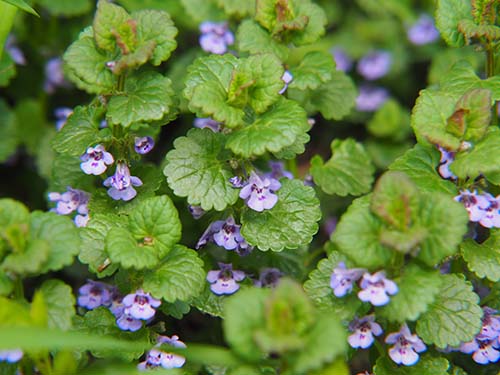
- A short weed that spreads outward, forms dense mats over the ground
- Leaves are fan or kidney shaped with jagged edges
- Flowers are blue or lavender and grow in clusters. Flowers are seen in the spring.
- A perennial, ground ivy grows in the winter
- Typically found in moist, shady areas but will also do well in the sun
- Will take over large patches of turf
- Can be found across the United States but mostly along the East Coast
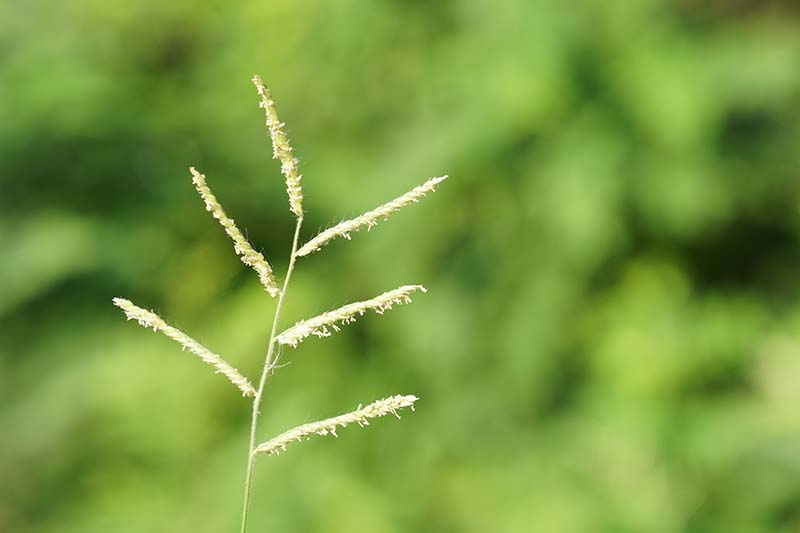
- Tall, each stem is long with several leaves on each stem
- Leaves contain seeds
- Each seed head has 3-6 spikes, with seeds on both sides of the spikes
- Spreads upright in clumps
- Roots have short stems that look like concentric rings
- Perennial
- Grows in clumps
- Thrives in warm weather
- Will adapt to poor drainage areas
- Found in humid areas, particularly the Southeast, East Coast, and West Coast
Dandelion
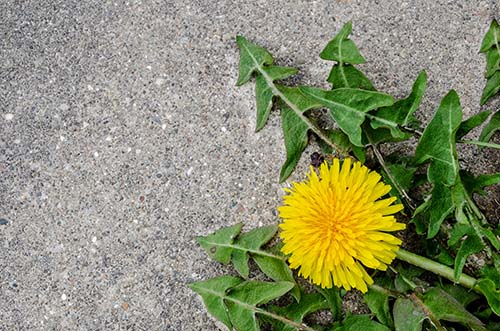
- Taller weed
- Branches grow from a single tap root
- Leaves and stems contain a milky white fluid
- Flowers begin yellow but will turn into white balls of fluff
- Leaves appear like saw teeth, with tips pointed toward the ground
- Winter perennial, will grow in the fall
- Seeds spread by blowing in the wind
- Found throughout the United States

- Low growing weed
- Green
- Leaves are round and glossy, about 1 inches wide
- Small white flowers with 5 petals (when in bloom)
- Perennial, grows in summer
- Thrives in compacted soil
- Found in most of the US, but not in the upper Northwest

- Short weed, will grow 3/4 to 4 inches tall
- Resembles grass
- Thick stems and leaves that narrow into a point
- Flowers are blueish-purple
- Flowers bloom in summer
- Summer annual
- Found in turf and woods
- Found in the Southeast United States
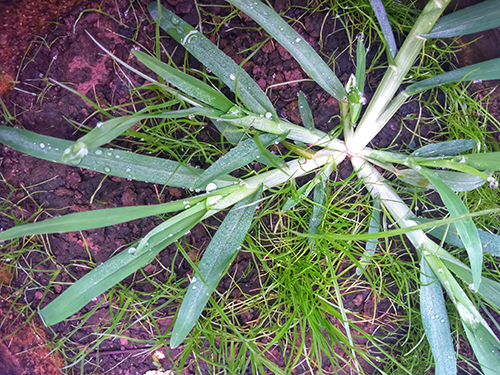
- Often confused with crabgrass
- Dark green leaves can grow up to 1 foot long
- Leaves are narrow, only about 1/3 inch wide
- Leaves are hairy near the base of the plant (closest to the ground) and smooth as they grow out
- Flowering stems may have 2-10 spikes that looks like zippers
- Grows in bunches, in a rosette pattern
- Annual weed, grows in the summer
- Thrives in compacted soil
- Found in most of the US, except for the upper Northwest
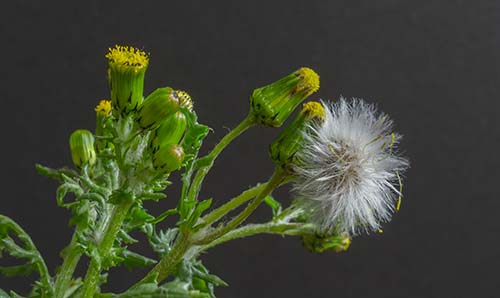
- Can grow up to 16 inches high
- Stems and leaves grow from one common taproot
- Flowers appear 6 weeks after the weed germinates
- Flowers are bright yellow, then bloom with white tufted seeds
- Appear similar to dandelions
- Leaves have a scraggly appearance
- Annual that grows in winter, but can be found year-round near the coast or in shady areas
- Grows best in moist soil, but may grow near roadsides
- Often dies in the heat of summer
- Found throughout the United States
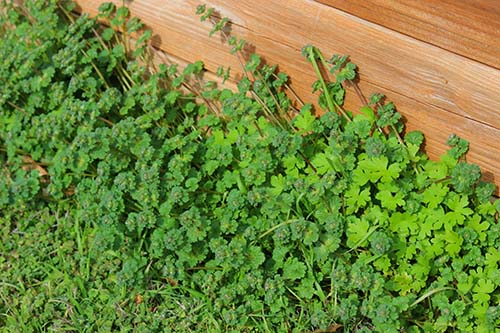
- 4-12 inches tall when fully grown
- Grows upright but weak stems will grow outward
- Flowers are purple and tubular shaped
- Leaves are rounded with jagged edges
- Stems have fine hairs that grow downward
- Stems are green, but will become purple with age
- Often found in newly seeded lawns and thin or dormant grass
- Will grow along roadsides, in pastures, in gardens, and on lawns
- Thrives in cool, moist areas
- Found throughout the United States
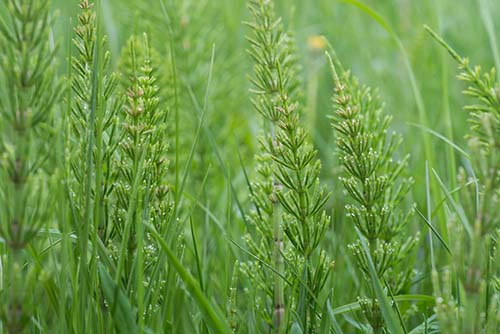
- Can grow up to 2 feet tall
- No flowers
- Grows in early spring as a brown stem with cones on top
- Cone contains spores, once spores are released, the weed turns green
- Deep root system
- Long stems look like bamboo, with brown and white stripes along the stem
- Leaves are thin, giving mature horsetail a fluffy or hairy appearance
- Perennial weed, grows in summer
- Found in moist soils, commonly around streams, ponds, roadsides, and fields
- Can also be found in turf with drainage issues
- Found on the western coast and in the Midwest and Northern United States

- Tall, often confused with grass
- Has an immersive root system
- Roots have "nutlets" that look like small peanuts
- Weeds have triangular stems
- Yellow nutsedge has yellow flowers that grow in the middle of summer
- Purple nutsedge has purple flowers that grow in late summer
- Perennial weed
- Will grow in late spring and summer
- Thrives in the sun, does not do well in shade
- Found in damp, moist areas of the lawn, near poor drainage areas, and near leaking sprinklers, hoses, and where water runs off
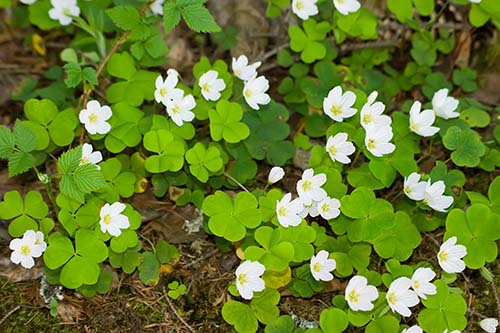
- Short weed
- Weak stems branch out from the base of the weed
- Heart shaped leaves
- Weed has yellow or white flowers with 5 petals each (when in bloom)
- Often confused with clover when not in bloom
- Annual, grows in summer
- Found throughout the United States, but not common in California
Poison Ivy

- Tall weed when fully grown
- Each stem will have 3 leaves
- Stems are red, leaves are green
- Leaves are 2-3 inches long and can be smooth or have jagged edges
- Creamy white berries grow in the fall and remain on the stem through the winter
- Oils from the weed cause severe irritation upon contact
- Grows as a vine or shrub
- Take extreme care when handling poison ivy (or any weed you suspect may be poison ivy). Wear gloves, long sleeves, and do not touch your face or eyes.
- Found throughout the United States, but poison oak is much more common on the West Coast
Poison Oak
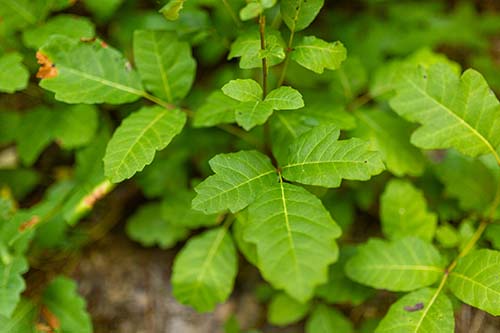
- Grows 3-4 feet tall, often as a vine
- Leaves are 1-3 inches long with lobes that resemble oak leaves
- 3 leaves per stem
- Flowers are yellow-white (when present)
- Leaves have sticky oil that causes rashes upon contact
- Grows in woodlands and dry, sandy soils
- Found throughout the West Coast

- Blue-green weed, looks like grass blades
- Long blades are rough and jagged on top
- Remains green year round
- Seed head is a spike
- Creeping perennial
- Found in both turf and nurseries
- Found throughout the United States, but not as common in the Southeast
Red Sorrel
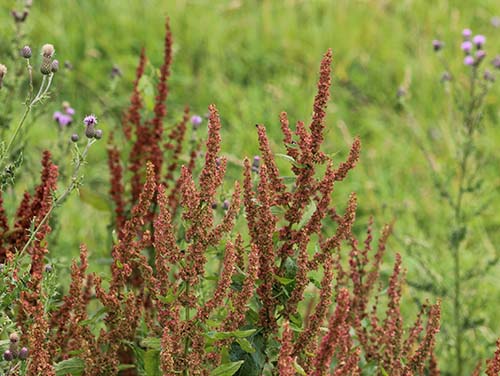
- Can grow 6-18 inches tall
- Stems grow upward from a taproot
- Some leaves grow outward, these leaves are long with jagged edges
- Leaves grow and become thick during the summer
- Leaves on stems are long and thin, shaped like arrows
- Leaves are a red-rust color
- Fibrous root system
- Perennial, grows in summer
- Found throughout the United States
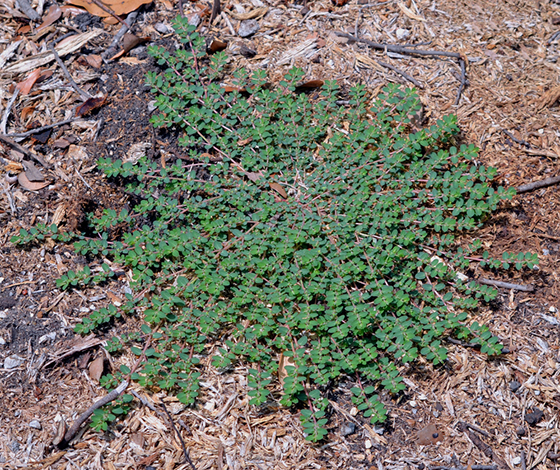
- There are many species of spurge, but all share the characteristics listed below
- Grows low to the ground and spreads quickly
- Leaves grow along a stem, directly across from one another
- Stems grow from a main central root (known as a taproot)
- Leaves release a milky sap when broken. Sap can cause irritation upon contact.
- Annual weed that grows in the summer
- Thrives in warm weather and sunlight
- Often found in areas where grass is thin or sparse
- Will grow in dry conditions and can be found in clay, gravel, and sandy soil
- Found throughout the United States

- A short weed
- Green with hairy stems
- Leaves are long and grow opposite each other along the stem
- Leaves are joined together with a circular membrane
- Flowers are white or purple, resembling 4-point stars
- Thrives in moist, wet conditions
- Can form large, dense mats throughout a lawn if left untreated
- Found throughout the southern United States and the East Coast
Virginia Creeper
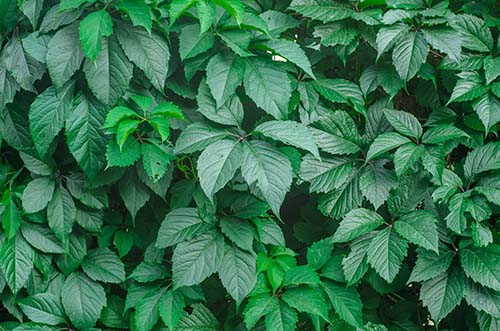
- A woody vine that can grow out or up
- Can grow up to 30 feet tall
- Leaves are red when they first grow then turn green as they mature
- Leaves will turn red in the fall
- Leaves are 2-5 inches wide and grow in groups of 5
- Small blue-black berries will grow in the fall
- Flowers are white or green and small
- Perennial
- Found in the partial shade and full sun
- Thrives in acidic soil
- Found throughout the Eastern United States
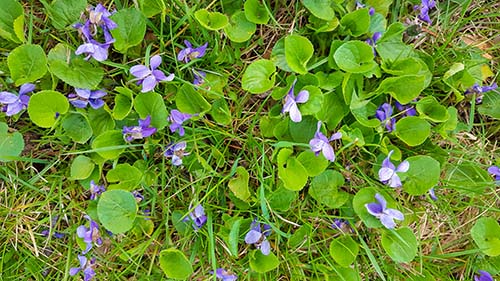
- Grows 2-5 inches tall
- Leaves are typically heart shaped but can vary
- Flowers can be white, blue, or purple and bloom from March until June
- Flowers look similar to pansies
- Stems are hairless
- Perennial, grows in winter
- Found throughout the United States except for the Rocky Mountains
Still not sure what weed you have? You can also review our Lawn Care Guides for weed-specific treatments and general lawn care advice.


